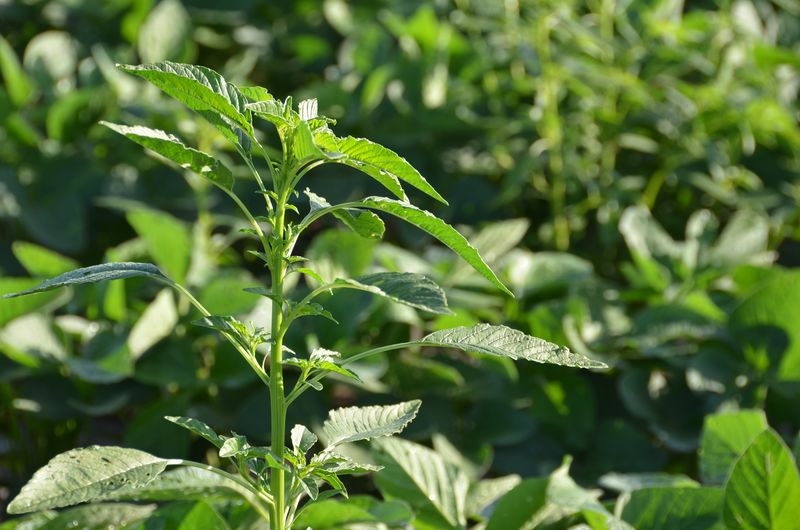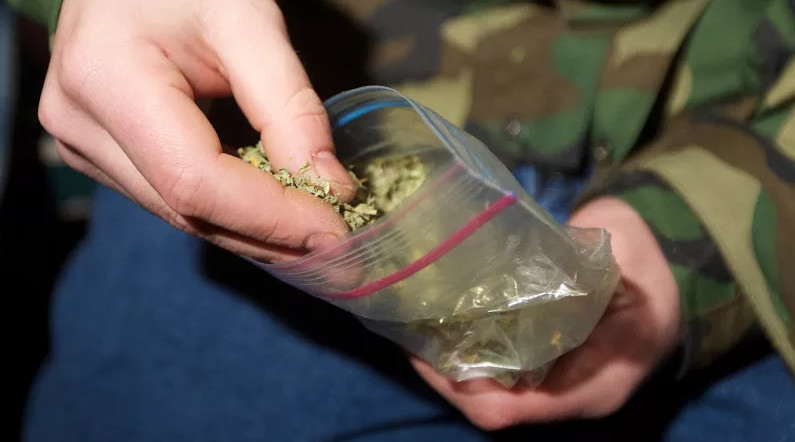If a few waterhemp plants escape at the end of the year they might not have a huge effect on yield this year, but the weed seed bank they’re creating could be detrimental to next year’s crop. Start planning today to manage this aggressive, resistant weed.
“Make sure you’re scouting to plan for next year,” says Dave Roome, Corteva Agriscience customer technical specialist for the eastern Corn Belt. “Everyone assumes scouting means for the current year, but it also means, ‘What do I need to address next year?’ Identify weed species and their populations so you know what to address next year.”
Waterhemp is quickly climbing the charts, aiming for the title of “most devastating” weed in the U.S. It’s resistant to six herbicide groups and can rob between 40% and 70% of yields, according to research at the University of Illinois.
“Ultimately, we know how to win the battle,” Aaron Hager said in a previous University of Illinois publication. “If we attack waterhemp at the most vulnerable stage in its life cycle—the seed—we could beat this thing in five to seven years.”
Seed shelf life is just five years, which means certain cultural practices could provide a new form of defense. Tillage, if available on your fields, could bury waterhemp seeds deep enough they can’t germinate. Or, if you let the seed germinate and till quickly thereafter it makes that seed ineffective.
This season’s escapes are your roadmap to determining where you need to focus weed control efforts next year. This means planning tillage and herbicides.
While waterhemp is resistant to ALS (2), T1R1 auxin receptors (4), photosystem II inhibitors (5), PPO inhibitors (14), EPSP synthase inhibitors (9) and HPPD inhibitors (27), there are still options for controlling the weeds. In addition, just because resistance has been discovered for each of these modes of action, it doesn’t mean that resistance is in your state. Talk to a local Extension agent or agronomist to find out what works in your area and protect that product with good stewardship.
When planning next year, make sure you use multiple, effective modes of action and consider a minimum two-pass system with pre- and post-emergent residual herbicides.
Is it waterhemp, or Palmer? The two pigweeds can be incredibly difficult to differentiate.
“One easy way to tell is waterhemp is longer in the leaf surface, whereas Palmer is longer in the petiole,” Roome says. “If you bend over the petiole on the leaf it won’t reach the leaf tip on waterhemp, and on Palmer it will.”
In addition, look for these characteristics to tell if the weed is waterhemp:
- Bright red or green stems
- Oar-shaped leaves
- First true laves are oval with a notch on the tip
- Alternate, oval, hairless and waxy true leaves
- Green to dark pink and spiked flowers
- Up to 9’ tall
The weed is most common in the eastern and central U.S., but, like many resistant weeds, it isn’t confined to just those areas as seeds can easily spread. Scout for waterhemp this year to know what you’re up against next season
Credit: www.agprofessional.com



